When you think your foot pain can’t get any worse, plantar fasciitis can step in and take over your life. This guide will show you how massage therapy can help with this condition’s pain. Massage can help your feet. It targets the muscles and fascia. It reduces tension, improves circulation, and promotes healing. Researching the benefits and techniques of massage for plantar fasciitis will help you. You’ll learn how to add it to your self-care routine.

Table of Contents
Key Takeaways:
-
Reducing Tension: Massage eases muscle tension in the foot and calf. This can help with plantar fasciitis pain.
-
Improving Blood Flow: Massage boosts circulation. This supplies vital nutrients and oxygen to damaged tissues. It promotes healing and recovery.
-
Enhancing Foot Flexibility: Regular massage can improve the flexibility of the plantar fascia and nearby muscles. It may reduce stiffness and discomfort.
I. Understanding Plantar Fasciitis
Plantar fasciitis is a common foot condition. It occurs when the plantar fascia, a thick tissue band, becomes inflamed. It connects your heel to the front of your foot. This discomfort often comes from repetitive stress, excessive pressure, or foot issues like flat or high arches. Knowing the basics of this condition can help you find better pain treatments.

1.1. Overview of the Condition
It causes sharp heel pain, especially with your first steps in the morning or after being inactive. It may also worsen after prolonged standing, walking, or physical activity. Understanding this condition is vital for identifying appropriate treatments and lifestyle changes.
1.2. Common Symptoms and Causes
Knowing the common symptoms can help you spot plantar fasciitis. The most noticeable symptom is pain at the bottom of your heel, which may feel sharp or aching. It often worsens after rest or in the morning. Causes include overuse, biomechanical issues, poor shoes, and obesity. They all create excessive tension on the plantar fascia.
A look at common causes shows that overuse is a major factor in plantar fasciitis. Activities like running or prolonged standing are to blame. Also, being overweight can stress your feet. Improper shoes, especially those without arch support, make it worse. By recognizing these symptoms and causes, you can act. You can reduce discomfort and promote recovery.
II. Types of Massage for Pain Relief
You may enjoy various massage techniques for plantar fasciitis pain. Some effective methods include:
-
Deep Tissue Massage
-
Trigger Point Therapy
-
Myofascial Release
-
Sports Massage
-
Swedish Massage
Any of these methods can help reduce pain and improve mobility.
| Type of Massage | Description |
| Deep Tissue Massage | Focuses on deeper muscle layers to relieve tension. |
| Trigger Point Therapy | Targets specific points of muscle tightness. |
| Myofascial Release | Relieves tension in the fascia surrounding muscles. |
| Sports Massage | Enhances performance and recovery for active individuals. |
| Swedish Massage | Promotes relaxation and improves circulation. |
2.1. Deep Tissue Massage

A deep tissue massage can help with plantar fasciitis pain. This technique aims to penetrate deep into the muscles. It addresses knots and tension that may cause discomfort. Focusing on the affected areas can improve blood flow. It will help heal your feet.
TISSCARE Shiatsu Foot Massager
2.2. Trigger Point Therapy
Some individuals find trigger point therapy beneficial for their plantar fasciitis pain. This technique targets tight muscle areas called trigger points. They can refer pain to other body parts. Releasing these knots can reduce discomfort and improve foot function.
In trigger point therapy, the practitioner applies sustained pressure to your trigger points, usually with fingers or elbows. This pressure encourages blood circulation and helps ease muscle tightness. Regular sessions can lead to a notable reduction in pain and an improvement in foot motion. They will help you recover from plantar fasciitis.
2.3. Myofascial Release

Deep massage techniques, like myofascial release, can help with plantar fasciitis pain. This method focuses on stretching and releasing tension in the fascia. It’s the connective tissue around your muscles. This will improve your flexibility and align your feet.
Myofascial release massage practitioners use a light touch. They stretch and manipulate the fascia. This encourages it to relax and loosen. This can relieve pain, boost blood flow, and improve foot function. It allows your feet to move with greater freedom, free from pain or restriction.
III. Step-by-Step Guide to Self-Massage
Self-massage can target your plantar fasciitis pain at your convenience. Unlike professional massage therapy, it is less time-consuming. This guide will help you use self-massage to reduce pain and heal.
Self-Massage Steps
| Step 1 | Find a comfortable seating position. |
| Step 2 | Remove your shoes and socks. |
| Step 3 | Use your thumbs to apply pressure to the arch of your foot. |
| Step 4 | Gently roll a tennis ball under your foot for added relief. |
| Step 5 | Focus on areas of tension and hold pressure for 15–30 seconds. |
3.1. Tools You Can Use
If you want to enhance your self-massage, consider using a few simple tools. Items like a tennis ball, foam roller, or foot massager can help. They apply pressure and release tight knots in your foot muscles. Each tool has unique benefits. They help you find what works best for your comfort and pain relief.
3.2. Techniques for Effective Relief

If your tools are ready, use techniques to maximize your relief. Start by applying steady pressure to your foot’s arch. Increase it in small increments until you feel a release of tension. Use circular motions with your thumbs. Target the heel and balls of your feet for full coverage.
Techniques like pin and stretch can be very effective. In this method, you hold pressure on a point while stretching the surrounding muscles. Try different angles and pressure levels. This will help you find what eases your pain best. Using these techniques with regular stretching can boost your results. They will improve flexibility and reduce the risk of future discomfort.
IV. Tips for Maximizing Massage Benefits
Some find that certain strategies can make massage for plantar fasciitis more effective. To maximize your experience, consider the following:
-
Consult a professional therapist experienced in foot care.
-
Communicate your pain levels to tailor the massage intensity.
-
Incorporate stretching exercises before and after the massage.
-
Stay hydrated to support muscle recovery.
-
Establish a consistent routine for ongoing benefits.
You should focus on your wellness through these thoughtful practices.
4.1. Frequency and Timing

Tips suggest scheduling massages one to two times a week, depending on your pain level. Consistent sessions help your tissues recover and stay flexible. This allows smoother transitions into daily activities. Timing your massages to match periods of heightened discomfort can boost their effectiveness.
4.2. Combining with Other Treatments
Massage is very beneficial. But, adding therapies can boost healing and ease pain. You can try options like stretching, orthotic inserts, or foot exercises.
With a comprehensive approach, you address many aspects of plantar fasciitis. For instance, stretching before your massage can loosen tight muscles. Ice therapy afterward can reduce inflammation. This well-rounded strategy maximizes pain relief and enhances your recovery journey.

V. Factors Influencing Massage Efficacy
Massage can help relieve pain in plantar fasciitis. But several factors can limit its effectiveness. These include:
-
The severity of your symptoms.
-
Your individual response to massage techniques.
-
The frequency and duration of massage sessions.
-
The skill level of the massage therapist.
The right mix of these factors can boost your massage therapy. It can better relieve discomfort.
5.1. Severity of Symptoms
The severity of your symptoms plays a vital role in how beneficial massage can be. If you have acute pain, targeted massage may help. Chronic pain may need a longer treatment plan for relief.
5.2. Individual Response to Massage
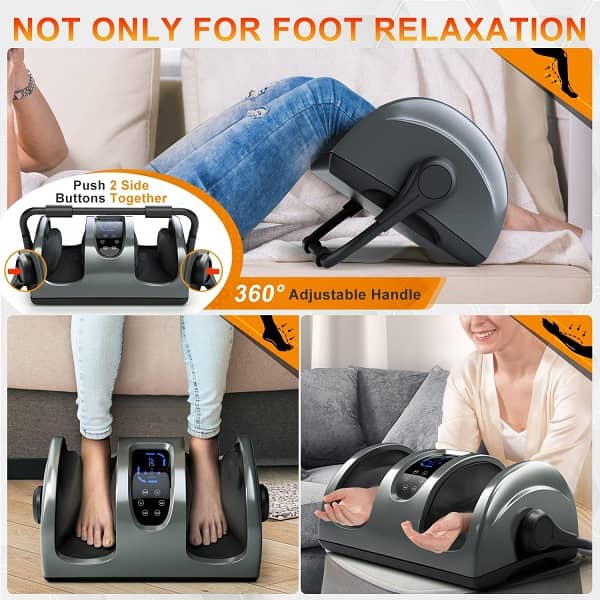
Massage can differ significantly between individuals. This affects its effectiveness in treating plantar fasciitis.
Individual responses to massage can vary. They depend on your pain tolerance, muscle tightness, and mental state. Some may find quick relief with some techniques. Others may need to try different styles or intensities to get the desired results. This variability shows the need to personalize your massage therapy. It will maximize the benefits for your specific condition.
VI. Pros and Cons of Massage Therapy
Not every treatment works the same for everyone, and massage therapy is no exception. Weighing the pros and cons can help you decide on using it in your plantar fasciitis treatment.
| Pros | Cons |
|---|---|
| Reduces muscle tension | May cause temporary discomfort |
| Increases blood circulation | Requires regular sessions for lasting effects |
| Enhances relaxation | Potential allergic reactions to massage oils |
| Improves flexibility | Not a standalone treatment for severe cases |
| Supports recovery from injury | Can be costly over time |
6.1. Benefits for Pain Management
Massage therapy can lead to a large reduction in pain from plantar fasciitis. Massage can help with pain. It increases blood flow and relaxes muscles. It also improves your range of motion. So, it is a valuable tool for managing pain.
6.2. Potential Drawbacks
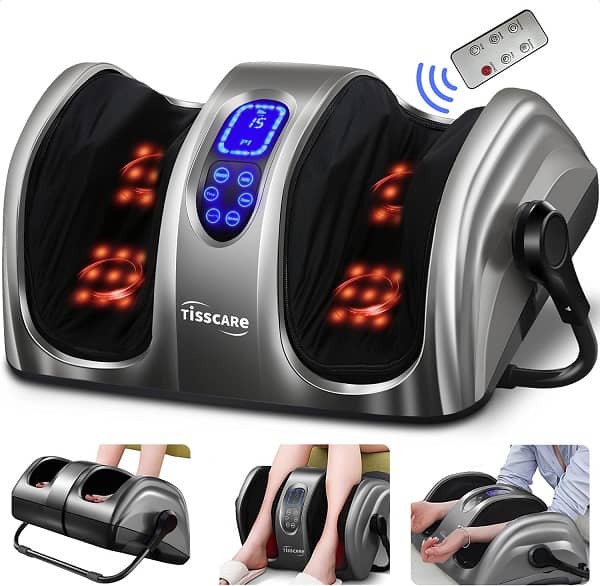
Massage therapy has some drawbacks. It may not suit everyone. The treatment can cause temporary soreness. It may take many sessions to help your condition, which impacts your time and budget.
Massage therapy has clear benefits. But it shouldn’t be your only treatment for plantar fasciitis. It can help with pain and recovery. But, results may vary. If you have health concerns or pain, see a doctor for treatment.
The Benefits of Using Massage for Pain Relief in Managing Foot Pain
Massage can provide much relief from pain caused by plantar fasciitis. Incorporate it into your routine. Target the fascia and nearby muscles. This can boost blood flow, reduce tension, and improve flexibility. As you explore different massage techniques, you may find relief and better mobility. This includes deep tissue and guided self-massage. This holistic approach can help with your recovery. It can, along with other treatments, help you enjoy daily activities again.
FAQ
Q: What is plantar fasciitis?
Plantar fasciitis is a common foot condition. It is an inflammation of the plantar fascia. This is a thick tissue that connects the heel bone to the toes. It often causes sharp heel pain, especially with the first steps in the morning or after sitting for a long time. It often affects those who are active or stand for long periods at work.
Q: How does massage help reduce pain from plantar fasciitis?
Massage therapy can help with plantar fasciitis. It improves circulation, relaxes tight muscles, and breaks down adhesions in the fascia. This reduces pain and discomfort. Massage can increase flexibility and reduce tension. It targets specific muscles and tendons in the foot and lower leg. This allows for a greater range of motion and relieves pain.
Q: What types of massage techniques are effective for treating plantar fasciitis?
Deep tissue massage, trigger point therapy, and myofascial release can help with plantar fasciitis. These methods aim to relieve tension in the plantar fascia, calves, and Achilles tendon. Stretching and pressure techniques can provide relief from tightness and pain.
Q: How often should I get a massage for plantar fasciitis relief?
The frequency of massage for plantar fasciitis can vary. It depends on individual needs and symptom severity. It’s best to start with weekly sessions to reduce pain and improve flexibility. As symptoms improve, we can adjust the frequency to every two weeks or once a month for maintenance. Listen to your body. Consult a doctor for personalized advice.
Q: Can massage replace other treatments for plantar fasciitis?
Massage can help treat plantar fasciitis. But it is not a cure. It works best with other treatments. These include stretching, physical therapy, custom orthotics, and good shoes. Always consult a healthcare provider. They can create a holistic plan for your specific condition.
TISSCARE Shiatsu Foot Massager
Last Updated on August 10, 2025 by Holistic Healths



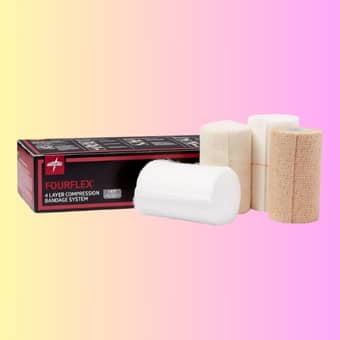
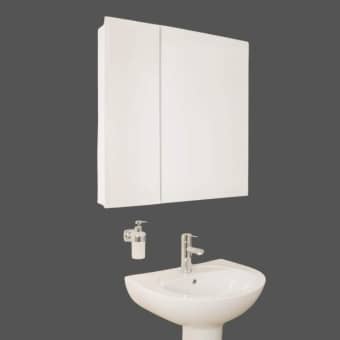
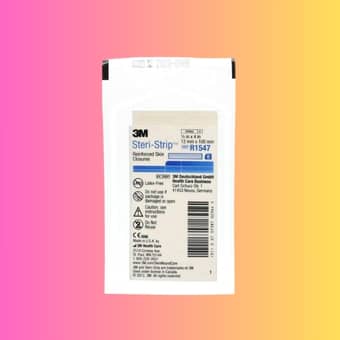
One thought on “What is the role of massage for pain relief in treating plantar fasciitis?”